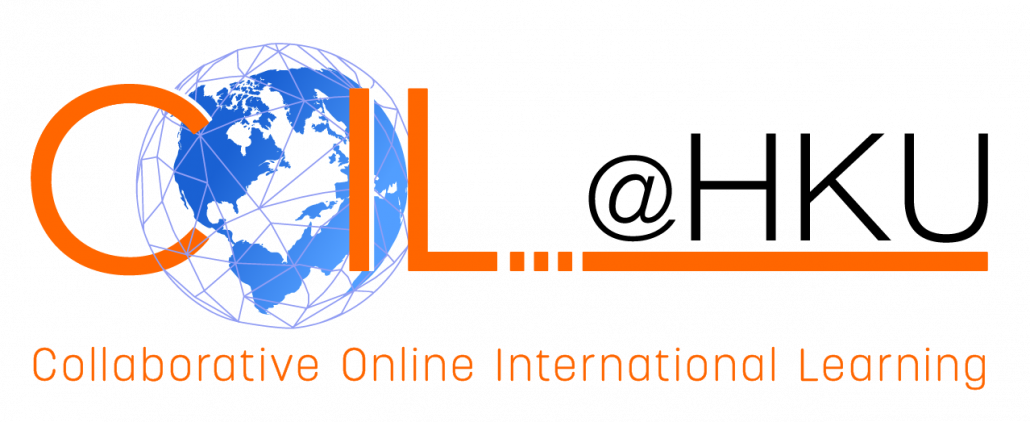The characteristics of COIL courses at HKU are highlighted below:
- Collaborative partnership:
- Teachers from HKU and partner universities on the mainland or overseas should engage in the design, development and delivery of COIL courses jointly and collaboratively.
- COIL collaboration may be initiated at course level with teachers identifying partnerships using their own networks, or at Faculty or University level involving the formulation of a formal agreement or memorandum of understanding (MoU) outlining both sides’ commitments, responsibilities and reciprocities (e.g. similar to an MoU for academic exchange of students).
- Credit value: COIL courses, along with other taught courses, should follow the University’s Credit Accumulation and Transfer (CAT) Policy. A standard COIL course at Ug level should be six credits in value, and one at TPg level should be in multiples of three credits. The normative study load per credit should involve 25 hours (±5) of student learning (i.e. each credit being within the range of 20 to 30 student learning hours).
- COIL components and delivery mode: normally at least 20% (and up to 100%) of the teaching and learning activities of a COIL course should comprise COIL components so as to provide a meaningful and impactful learning experience (e.g. at least 30 hours of COIL activities for a six-credit Ug course of 150 student
learning hours). COIL activities are conducted primarily online synchronously or asynchronously (comprising, for example, in-class lectures/discussions, out-of-class group projects/assignments/reflections). Other teaching and learning activities, if any, normally take place at students’ respective home universities. - Student participation:
- The number of students from each participating university in a COIL course should be broadly the same so as to benefit from sufficient and meaningful interactions.
- All students who have enrolled in a COIL course are expected to actively participate in all COIL activities. In this regard, teachers should arrange collaborative group projects and assignments in such a way that each team is formed by students from a background as diverse as possible and from all participating universities on a broadly equal- number basis to promote cross-cultural interactions. To align expectations and facilitate the achievement of COIL learning outcomes, it is important for each side to communicate with their students COIL objectives, the associated in class and out-of-class activities, assessment criteria, expected standards of performance and grade descriptors before course enrollment.
- Medium of instruction and assessment: except for courses for which permission as been given by the Senate to be assessed in a language other than English1 (ref. Regulation G9(g) of the General Regulations), COIL courses should normally be taught and assessed in English. The assessment principles stipulated in the University Assessment Policy should be followed (e.g. adoption of standards-referenced assessment). Assessment in COIL courses must include, inter alia, collaborative work (e.g. group project). All assessment should be strictly done by students’ home universities (ref. sub-paragraph 3.3 below). In other words, there should not be any jointly evaluated projects or assignments, as there can be considerable differences in grading systems and standards across the world.
- Learning outcomes: the learning outcomes of COIL courses must include, inter alia, the development of global and intercultural competencies. Students must be offered opportunities to critically reflect on their online interactions and collaborative work, and what they have achieved.



